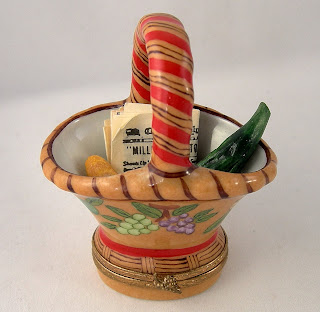
 Grasse has been a perfume town ever since the 17th century, and today as the world's perfume capital, its reputation speaks for itself.
Grasse has been a perfume town ever since the 17th century, and today as the world's perfume capital, its reputation speaks for itself.Despite being so close to the fine sand beaches of Cannes, with their stifling heat in summer, Grasse at an altitude of 300 - 400 meters enjoys a fresher climate all year round. The plentiful sunshine and mild temperatures make the town and surrounding areas ideal for flower growing, and thus ideal for the production of perfume.
Every year some two million tourists arrive from all over the world to visit the perfume museum, perfume factories and perfume shops. The three historic perfume manufacturers - Fragonard, Galimard and Molinard - open their doors to provide free guided tours. You will learn all about the mysteries of how a perfume is made, from the raw materials to the perfume itself, by means of distillation and enfleurage.
Chanel No.5 is the best-selling perfume in the world and its principal ingredients are rose du mai, jasmine, and a synthetic musk. A few years ago jasmine production was disrupted by bad weather and Chanel took the precaution of buying their own farm in the Grasse area. Run by the Muhl family it produces 20 tons of jasmine and 50 tons of rose du mai annually, exclusively for Chanel.
Initially, scents were only the privilege of the wealthy, but François Coty from Ajaccio in Corsica changed that by making perfume affordable for the masses in the 1900s. A first cousin of Napoleon de Bonaparte, he studied for a year under the expert tutelage of perfumers in Grasse before opening the 1st mass-production perfume factory on the outskirts of Paris in 1905. After the 1920s many other countries began to manufacture perfume but French perfume is still regarded as the best in the world by scent connoisseurs.

































 When the cheese is spread over a thin round of dough coated with tomato and herbs and then subjected to the relentless whoosh of heat in a brick oven, the result is a bubbling, molten masterpiece.
When the cheese is spread over a thin round of dough coated with tomato and herbs and then subjected to the relentless whoosh of heat in a brick oven, the result is a bubbling, molten masterpiece.


 honours this famous fragrant
honours this famous fragrant 



 a crown, a shield,
a crown, a shield,



